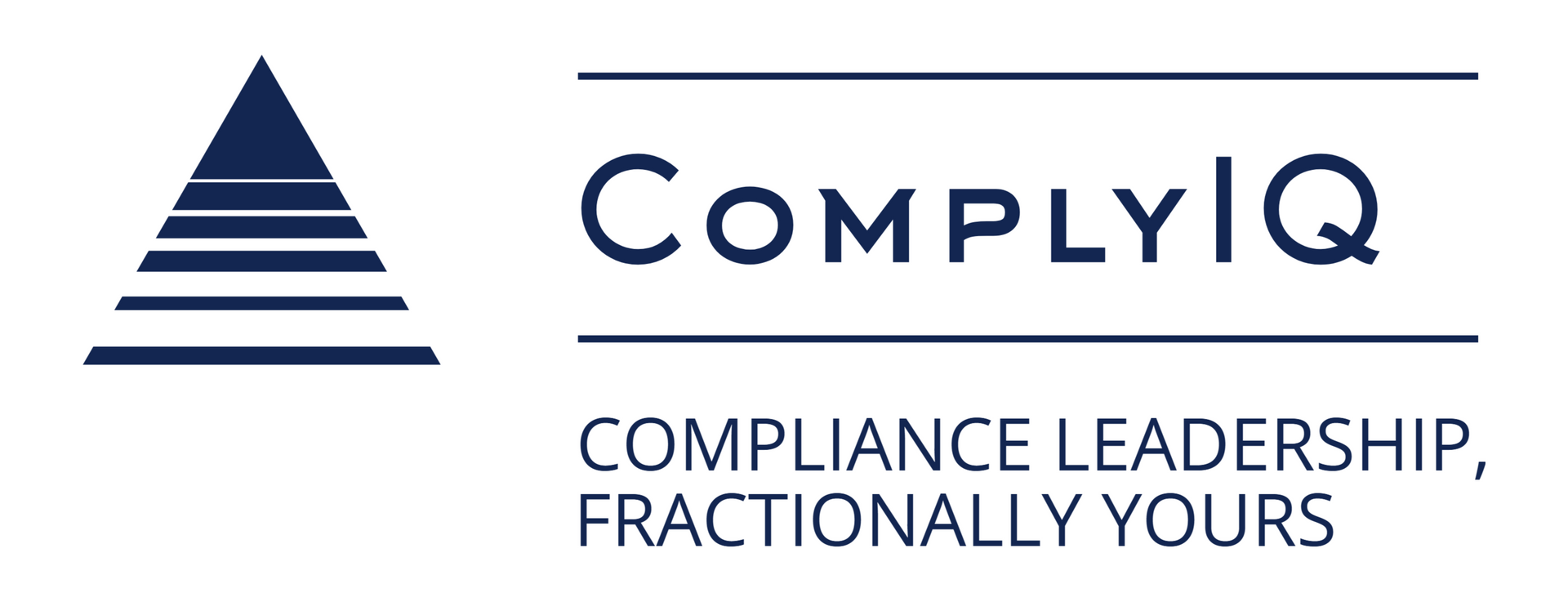Third-Party Risk Management: The New Frontline — A Fintech Guide
Discover practical steps to build a regulator-ready program. Third-Party Risk Management: The New Frontline explains due diligence, monitoring, and contract rules for fintechs.

Introduction
Vendor breaches dominate financial headlines.
Third-party incidents cause 60% of data breaches in financial services, making your vendor relationships the biggest compliance threat you face. As a fintech COO, you can't afford to treat third-party risk management as paperwork.
Regulators shifted from basic vendor checks to demanding full ecosystem oversight. Your compliance program needs to evolve or face enforcement action.
Here's what most COOs miss: your vendor's security incident becomes your regulatory nightmare.
How Third-Party Risk Rules Changed
Traditional vendor management meant annual contract reviews and basic security checklists.
Those days are over.
The FDIC's 2023 interagency guidance now requires end-to-end lifecycle management for all vendor relationships. Your digital transformation means your risk surface includes payment processors, cloud providers, API partners, and compliance tools.
What changed? Regulators view vendor oversight as a safety issue, not administrative busywork. Recent OCC enforcement actions target inadequate third-party controls specifically.
Your fintech probably manages 40-60 vendor relationships. Each one creates regulatory exposure without proper oversight.
Building Your TPRM Program
Due Diligence That Actually Works
Risk-based assessment means high-risk vendors get intensive reviews while low-risk services need basic checks. Don't waste time treating your office supply vendor like your payment processor.
You need these documents from vendors:
- SOC 2 Type II reports
- Security certifications
- Financial stability assessments
- Regulatory compliance attestations
The Shared Assessments SIG questionnaire standardizes vendor evaluation across 19 risk areas. Use it.
Set clear approval rules: executive sign-off for high-risk vendors, department approval for medium-risk, simple process for low-risk. No unauthorized vendor relationships.
Ongoing Monitoring Beyond Annual Reviews
Annual vendor reviews aren't enough anymore. You need continuous monitoring that catches problems before regulators do.
Track these metrics monthly:
- Vendor security ratings
- Incident frequency
- Service level performance
- Regulatory compliance status
SecurityScorecard's platform shows how automated monitoring works. Set up alerts when vendor risk scores drop or new regulations affect existing relationships.
Here's the thing: most fintechs discover vendor problems during their own regulatory exams. That's too late.
Contract Terms That Protect You
Your vendor contracts need specific data protection requirements, compliance obligations, incident notification rules, and audit rights. The FTC's contracting guidance provides model language.
Termination planning matters too. Secure data deletion, transition assistance, and knowledge transfer prevent operational chaos when vendor relationships end.
Identify backup vendors for your most important services. Pre-qualified alternatives let you move quickly when primary relationships fail.
TPRM Mistakes That Trigger Regulators
Wrong risk classification is the biggest problem. Many fintechs classify payment processors as medium-risk when their data access demands high-risk oversight.
Missing documentation fails every regulatory exam. Incomplete vendor assessments, outdated contracts, and poor monitoring records create immediate findings.
Weak ongoing monitoring misses vendor security incidents, financial problems, or regulatory changes between annual reviews. Your vendor's risk profile can change overnight.
Poor incident response with vendors delays breach notification and fixes. When your payment processor gets hacked, unclear procedures cost you time and regulatory credibility.
Think about this scenario: your banking vendor suffers a breach affecting 50,000 customer records. Do you know within four hours? Can you notify regulators within 36 hours? Most fintechs can't answer yes.
What Regulators Actually Check
The FFIEC guidance establishes lifecycle requirements from vendor selection through termination. Examiners evaluate your governance, risk processes, contracts, and monitoring.
CFPB focuses on consumer data protection in vendor relationships. State regulators check documentation standards and monitoring procedures. The OCC's community bank guide shows practical implementation approaches.
Documentation standards matter: Complete vendor inventories, risk methodologies, contract tracking, monitoring procedures, incident protocols. CISA's supply chain resources provide federal procurement guidance.
But here's what most people miss: proactive program design prevents expensive remediation. Design compliance into your vendor processes from day one rather than retrofitting after regulatory criticism.
The reality? A fractional Chief Compliance Officer can design and implement your TPRM program without the overhead of a full-time hire. You get enterprise-level processes that scale with your growth while maintaining regulatory credibility.
Conclusion
Strong third-party risk management becomes a competitive advantage, not just compliance overhead. You'll launch products faster and enter markets confidently when vendor governance works properly.
Organizations with mature TPRM programs face fewer examination findings and maintain stronger regulatory relationships. The upfront investment pays dividends through operational resilience and business agility.
The vendor breach that dominates tomorrow's headlines doesn't have to be yours. Start building your TPRM program today, or let fractional compliance expertise guide your implementation from day one.
Frequently Asked Questions
How often should we reassess vendor risk? Annual minimum, with immediate reviews for security incidents, regulatory changes, or service modifications. Your most important vendors need quarterly assessment.
What documentation do regulators want? Complete vendor inventories, risk assessments, contract tracking, monitoring procedures, and incident protocols. AICPA SOC 2 resources explain security attestations.
How do we manage cloud provider risks? Understand shared responsibility models, verify compliance certifications, review data agreements, implement continuous monitoring, and maintain incident coordination.
What happens with inadequate oversight? Enforcement actions, financial penalties, consent orders, examination criticism, and reputation damage from vendor incidents affecting customers.
How can small fintechs compete with enterprise programs? Fractional compliance expertise, cloud-based platforms, shared assessments, and risk-based approaches enable resource-efficient vendor oversight. The Shared Assessments methodology scales to any organization size.










